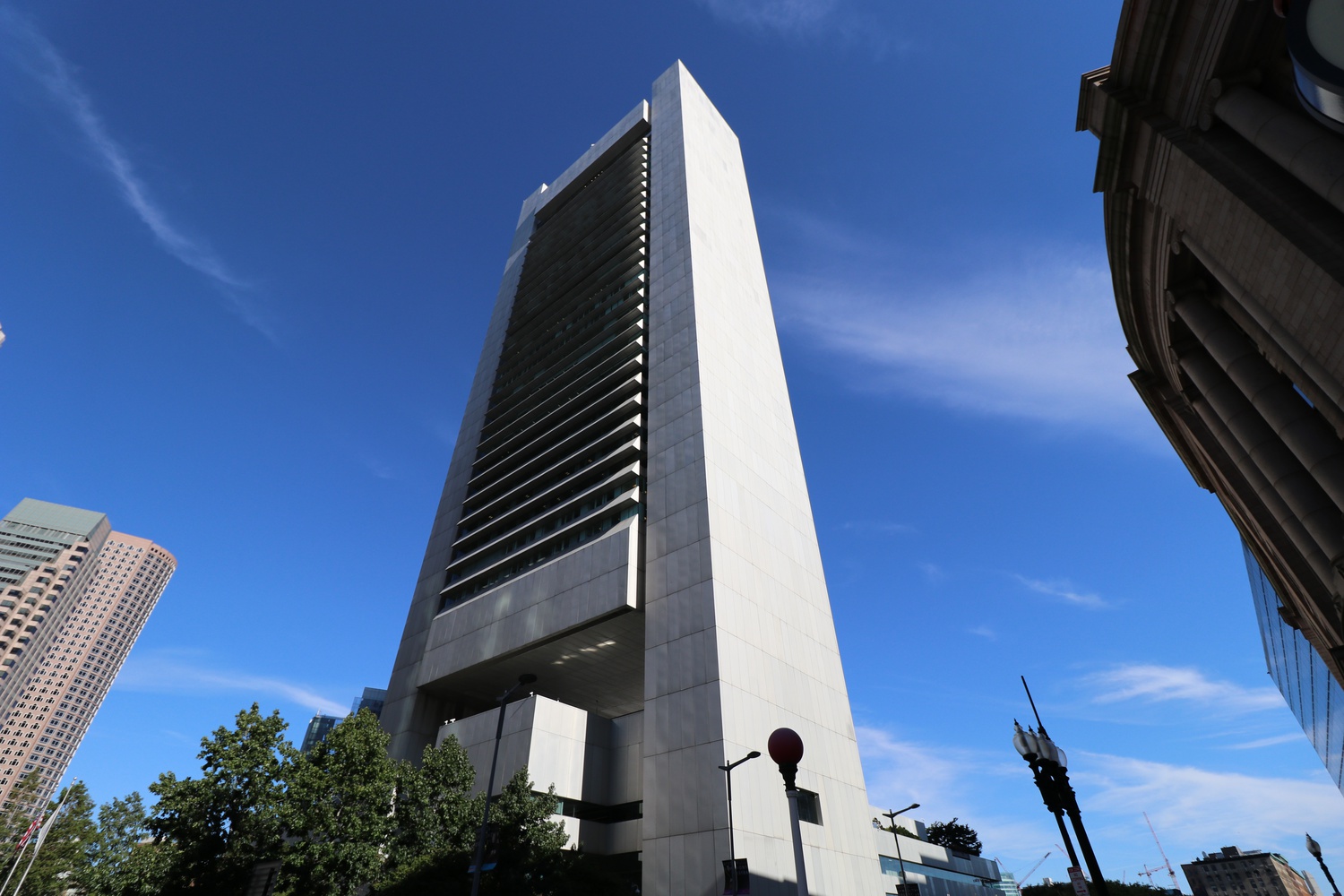
News
Summers Will Not Finish Semester of Teaching as Harvard Investigates Epstein Ties

News
Harvard College Students Report Favoring Divestment from Israel in HUA Survey

News
‘He Should Resign’: Harvard Undergrads Take Hard Line Against Summers Over Epstein Scandal

News
Harvard To Launch New Investigation Into Epstein’s Ties to Summers, Other University Affiliates

News
Harvard Students To Vote on Divestment From Israel in Inaugural HUA Election Survey
Following Conclusion of HMC’s ‘Five-Year’ Plan, Experts Caution It’s Too Soon Know Long-Term Impact

Experts said that while early indicators of the success of Harvard Management Company’s “five-year” plan are promising, it will take years for the long-term impacts of the plan to become clear.
HMC CEO N.P. “Narv” Narvekar embarked on an ambitious endowment restructuring plan upon taking the reins in 2016. The plan began with the mass layoff of roughly half of HMC's employees, and later included the “spinout” of multiple specialized investment teams in a move towards a generalized investment model, and various cost-cutting efforts.
Narvekar announced last week that the “five-year” plan had been completed in just under four years. In an email to University affiliates, Narvekar wrote that HMC is “comfortable” with the early results of the plan.
Harvard’s endowment returned 7.3 percent on its investments in 2020, bringing its total to $41.9 billion, the largest sum in its history. The returns defied grim outlooks that forecasted that Havard would see its endowment drop to the mid-thirties as a consequence of the coronavirus pandemic.
Rutgers Business School professor John M. Longo called the University’s 2020 return “very respectable,” comparing the 7.3 percent return to a passive investment strategy of investing 60 percent in more risky assets and 40 percent in less risky assets.
“The 7.3% return of Harvard endowment in the most recent fiscal year is very respectable,” Longo wrote in an email. “Although not exactly comparable, a low cost, 60% stock, 40% bond fixed income U.S. portfolio delivered a return of 6.7%.”
Longo wrote that Harvard’s generalist model allows the school to vary its investment strategy for its financial gain.
“No one firm or institution has a monopoly on investment talent. Harvard’s generalist model has the advantage of not being beholden to a single manager or single investment approach,” Longo wrote. “Rather, Harvard’s investment team may scour the world for best-of-breed investment managers across a range of asset classes.”
New York University professor David L. Yermack ’85, however, said that Harvard would benefit from a more passive investment strategy.
“What the major endowments have tended to do is look for exotic investments with very high fees in the belief that they’re going to do better than average,” said Yermack, a former Crimson Managing Editor. “They end up doing just as average as everything else, but then they get hit with the fees and they end up a couple percent behind the benchmarks.”
“Over time it’s really become a black mark on the University. The shortfalling of Harvard endowment is vastly bigger than the sheer size of almost every other endowment that’s out there,” Yermack added. “Every year I have this interview with different reporters from The Crimson and every year the situation gets worse.”
Harvard’s endowment has lagged behind several of its Ivy League peers in recent years, but its comparative returns have improved since 2019. In 2020, the endowment outperformed every Ivy League other than Dartmouth and Brown.
HMC spokesperson Patrick S. McKiernan declined to comment, referring to Narvekar’s comments in HMC’s fiscal year 2019 report.
“We are focused upon and aware that HMC generally takes lower risk and, therefore, will likely generate lower returns than many peers over a market cycle,” Narvekar wrote at the time. “The tradeoff is of course higher returns versus a less volatile revenue stream.”
Thomas D. Parker ’64, a former senior associate at the Institute for Higher Education Policy, wrote that university endowment investment differs from individual or institutional investing, and cautioned against comparisons and judgment based on annual performance numbers.
“The horizon is measured in centuries, not years or decades,” Parker wrote. “That timeline also makes insignificant the annual frenzy to compare endowment returns among the richer institutions.”
—Staff writer Virginia L. Ma can be reached at virginia.ma@thecrimson.com.
—Staff writer Kevin A. Simauchi can be reached at kevin.simauchi@thecrimson.com. Follow him on Twitter @Simauchi.
Want to keep up with breaking news? Subscribe to our email newsletter.
